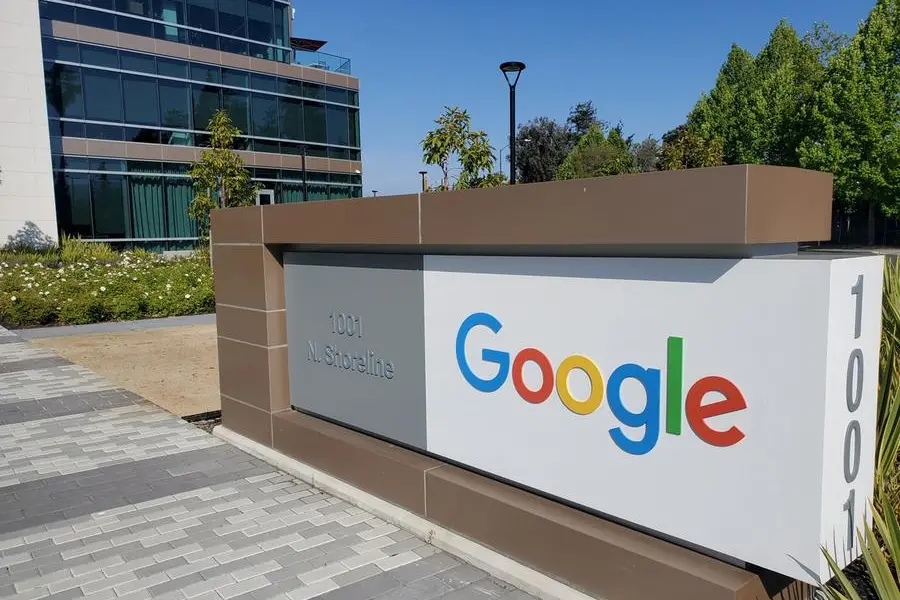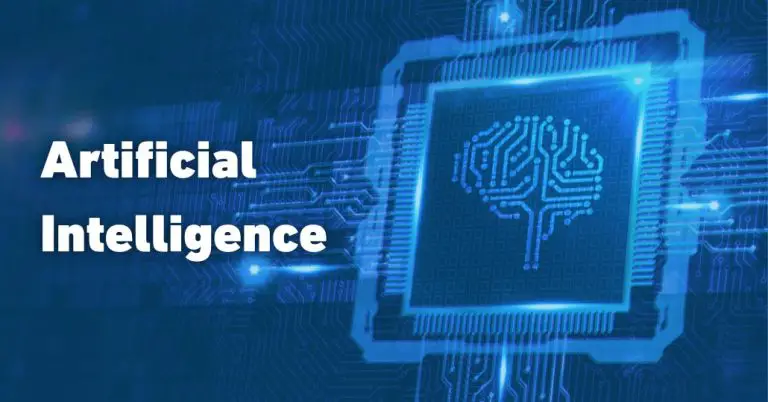
In a bold move to modernize the U.S. power grid, Google’s energy division is partnering with PJM Interconnection, the biggest grid operator in North America to apply artificial intelligence to one of the grid’s most pressing challenges: reducing the massive delays in connecting new power sources like wind, solar, and natural gas.
As the demand for electricity spikes thanks in large part to the rapid expansion of AI-powered data centers there’s growing pressure to get new energy projects online faster. Right now, the process of connecting these projects to the grid is painfully slow, often taking several years due to outdated planning systems and bureaucratic bottlenecks. These delays aren’t just frustrating, they’re making the energy supply crunch worse in many parts of the country, driving up utility costs and increasing the risk of blackouts as older power plants shut down.
Google, along with Alphabet-backed energy tech company Tapestry, believes AI can change the game. By automating the tedious manual review processes that grid planners currently handle, the partnership aims to dramatically cut the time it takes to approve and connect new energy sources. Tapestry’s General Manager, Page Crahan, explained that they’re creating tools to do the heavy lifting analyzing project applications, simulating grid impacts, and eventually offering a user-friendly interface, like a “Google Maps for the grid,” that helps planners visualize data in real-time and make better, faster decisions.
Related links you may find interesting
Amanda Peterson Corio, who leads energy strategy for Google’s data centers, said this is a chance to finally move from just talking about smart grids to actually building them.
While it’s still early days and there’s no definitive timeline for how quickly these AI tools will slash interconnection times, the rollout is set to begin in 2025 and will gradually expand across PJM’s massive network, which spans 13 states and serves over 67 million people including Northern Virginia, the global epicenter of data centers.
Here’s what this really means
- For clean energy developers:- This could be a game changer. Faster interconnection means quicker return on investment and more projects getting off the ground.
- For consumers:- As more renewable projects come online, electricity prices could stabilize or even drop, especially in areas with energy shortages.
- For the grid:- AI may finally provide the brainpower needed to balance increasingly complex energy demands with clean, distributed energy sources.
This partnership is just one example of how Big Tech is stepping into the energy space not just as a consumer, but as a key player shaping the future of the grid itself. It also reflects a growing recognition that the climate challenge requires smarter infrastructure, not just more of it.
As data center growth accelerates worldwide and clean energy becomes an economic and environmental necessity, collaborations like this could set a new standard for how we build and manage power systems in the 21st century.





